What is the first house plant you remember from your childhood? Mine is Hoya. The plant grown all over our living room’s window looked huge to little me. It was quite regularly in bloom and I loved to climb on the window sill and lick the sweet drops of nectar from the mesmerizingly smelling umbels of Hoya flowers.
So I see right away the first question arising from my introduction above. Is Hoya nectar or any Hoya plants’ parts poisonous/toxic to humans or pets? The nectar is definitely not toxic and actually very sweet.
As for other parts of the plant, let’s see. Hoya is a member of Apocynaceae (Dogbane) family. That pet unfriendly family name is well deserved by many other members of the family, like Nerium for instance, for their quite poisonous sap. Hoya’s sap in the leaves, stem or roots, however is not known to be toxic. Some people can still be allergic to it, but it is not included on any poisonous plants lists.
Where do Hoya plants come from?
This is an important question to understand so that we can care for those plants in the best way in our homes and provide the right soil, sun light, water amount and fertilising.
One of our most usual house plants, Hoya is a truly jungle plant naturally growing in a large area from Taiwan in north to tropical north-eastern Australia in south, from Pakistan in west to Pacific Ocean islands in east.
If you are in a rain forest, looking for wild Hoyas, you should look at the tree trunks. Hoya will use them to climb up to the better light conditions. A few Hoya can be found in the densest and darkest areas though. Most of them will grow on some forest clearings, where they will get more sun light. This is also the light conditions most of Hoya species will like in our homes: some filtered sun light, just avoiding the hush direct noon sun.
When Hoya plants climb on the tree trunks, they start grow roots from their stem nodes whenever they encounter a crevice with a deposit of decayed wood and foliage. This growing substrate is never too dense, always well aerated and while it can soak well it doesn’t hold standing water.
Most of those tropical areas the Hoya plants call home have distinct rainy and dry seasons caused by monsoon. This gave many Hoya species thick, water storing leaves and thus a mechanism to withstand long periods without water.
Hoya plants care tips and growing conditions
Two growing conditions, which we can generalize for all Hoya plants is that none of them will like:
a) heavy and clogged soil;
b) standing water in their roots.
As you could read above, that is not what they have adapted to deal with in their natural conditions. The rule of thumb here: do not settle for a regular soil mix, do not overwater, and make sure your pots have an excellent drainage.
Soil mixture
Ideal soil mixture for most Hoya plants is 50% peat (turf), 20% potting soil and 30% perlite. That contain lots of organic matter, airy enough for the roots not to suffocate without oxygen and at the same time it retains water well.
For some species however, even that mix would be too heavy, and it will lead to their root system dying. For instance, for H. sigillatis, H. lanceolata, H. linearis, H. cominsii and H. polyneura it’s better to use orchid mix.
Watering, pot size and light conditions
Remember that in nature most Hoya species are epiphytes growing on trees. None of them would like to be over-watered. A tropical shower can be very heavy, but once the rain has stopped, the tree brunches will run off and dry quickly. Those are conditions you would ideally replicate.
If possible, give your plant a nice shower and let it run off before taking back to the growing spot. Repeat as soon as the soil gets dry.
If shower trips are not an option, you can simply give it a good watering, but make sure you remove the water coming out into the pot tray. As for the pots, never plant your Hoya in a too big pot. They prefer to be rootbound. Obviously, make sure your pot has a good drainage.
For most species it won’t be very important to keep a regular watering schedule, as long as you don’t completely ignore them for ages.
Yet, there are some species originated in more equatorial regions, where there are no dry seasons. Those species will clearly benefit from more regular watering and higher humidity. As a rule, same species will thrive in less sun light (filtered sun or partial shade) as they are adopted to grow in more dense and permanent humid forests.
You can recognize those humidity and shade loving species by thin and large leaves, different from typical water-conserving thick leaves of most Hoya. Here are some examples: H. dennisii, H. diptera, H. buotii (halconensis), H. flavida, H. lambii, H. multiflora, H. praetorii, H. vitiensis, H. wallichii
I would say the list above has the best candidates for indoors growing as we seldom have too good light in our houses, and we all tend to over-water our plants.
The thick-leaved Hoya you will want to place more sunny and to be more restrictive with watering.
Hoya species
If anyone was before under an impression that Hoya is just one plant, at this point I’m sure you have realized they are not. It is a huge genus consisting of hundreds of different species. How many exactly, nobody will be able to say. Not yet anyway, as this genus is yet not well studied.
Botanists are not even agree if all currently accepted Hoya species actually belong there. H. multiflora for instance is a good candidate to be moved out to an own genus called Centrostemma. Many large flowering Hoya, currently grouped as Eriostemma within Hoya genus, might also be classified as an own genus with the same name Eriostemma.
A very approximate number of currently known species is about seven hundred. I believe we have the most comprehensive online catalogue of Hoya species currently available: live counter right now is 428 species and cultivars and constantly adding new. This is a part of our bigger online shop for tropical plants.
So, how are the species different among each other? We saw already that the plants from more equatorial, always wet forests tend to develop thinner and larger leaves, while Hoya coming from seasonal wet and dry areas affected by Monsoon have more succulent, water storing foliage.
The foliage, especially variegated one, is the main attraction for many growers. Here you can see some examples of Hoya species with more unusual leaves:
While most house plants are kept for the greenery, Hoya’s main popularity reason is their flowering. This is also where its species come in abundance of variations: shapes, colours, sizes, amounts, scents.
Hoya flowers can be classified in five different types you can see here: flat, reflexed, revolute, cup-shaped and urn-shaped.
Some unusual Hoya species
Hoya with the largest flowers are H. macgillivrayii, but they can be difficult indoors as they require a sunny position and a distinctive drier period:
H. retusa have normally only one flower per peduncle, but a mature plant will bare many of them:
H. megalaster also have very big flowers, but they are easier to root and grow and also flower more readily with several flowering periods per year:
H. latifolia have probably largest leaves, but also one of the most abundant flowering species with up to 200 strong scented flowers per each umbel:
Propagation
I started this article with my childhood memories of a large Hoya plant we had in our living room. My mom told me, that she started it from a one leaf cutting she got from my grandma. When I moved out from my parents’ house to live in my own student room, I also took a single leaf Hoya cutting with me. It became my first house plant and many years later developed into the beast you can see around that balcony door on photo here.
It was very easy to root, but if I remember correct, it took about five-seven years for my new plant to start flowering. Probably I would see the flowers earlier if I wouldn’t keep cutting long shoots it was trying to grow all the time. By then I didn’t know that those long shoots are where flowers peduncles develop. So don’t repeat my mistake and give them something to climbe on or twine around instead.
Cuttings
Big part of Hoya’s popularity is the extreme ease of propagation. Everyone can take a cutting and root it to grow as an own plant. Just keep two things in mind: it is easier to root a mature part and smaller cuttings (one-two nodes) are easier than bigger cuttings.
Try to take the section lower down on the stem, where the tissue is mature enough, but not too thick and woody. Young, green tissue close to the tip will be more prone to rot.
Smaller species with thinner leaves will root better from a two nodes cutting, while larger growing and leaved species often grow best from one node cutting.
Trim long stems to just a few cm (1”) both below lower node and above the tope one. Remember which part is bottom and plant it with the node just below the soil level. You can also place it down horizontally and cover it lightly with the potting mix.
Seeds
Growing Hoya from seeds is not difficult and very rewarding as you can get a new exciting cross if the parents are two different species, but even self-pollinated seeds can give a new colour variation.
The difficult part is to get fresh seeds. Hoya are not easily pollinated so there are not many seeds available around to start with. The further complication is that the seeds are viable only for a few weeks.
If you still come over some fresh ones, sow them in a container with damp, but not wet perlite or vermiculite and cover it with a lock until the seedlings are strong enough to be taken to own pots.
Pollination
Seedpods are seldom seen on Hoya plants, especially those grown indoors, out of reach of their natural pollinators: moths and flies.
Unlike many other flowers, Hoya don’t have loose pollen at the tips of stamens. Instead they have similar structures to Orchids, pollen sacs called pollinia. Those sacs are stack in five slits in flowers’ star-shaped corona. When an insect lands on a flower attracted by the smell and nectar, its legs sometimes slide into those slits and the pollinia get attached to the legs (see picture below). And so, it gets transported to next flower.
You can read this interesting study on Hoya pollination, published in American Journal of Botany.
I would speculate that it should be possible to pollinate your flowering plants using a toothpick, but I didn’t try it myself… yet. Let me know if you do.
Thank you for reading, especially if you did it so far! If you have any unanswered questions, please use the comments form below.
I want to give a special thank you to Katarina Stenman and Anders Wennström, who’s splendid book “The Genus Hoya. Species & Cultivation” I was extensively consulting, when preparing this article. Unfortunately, it’s not anymore available for sale.


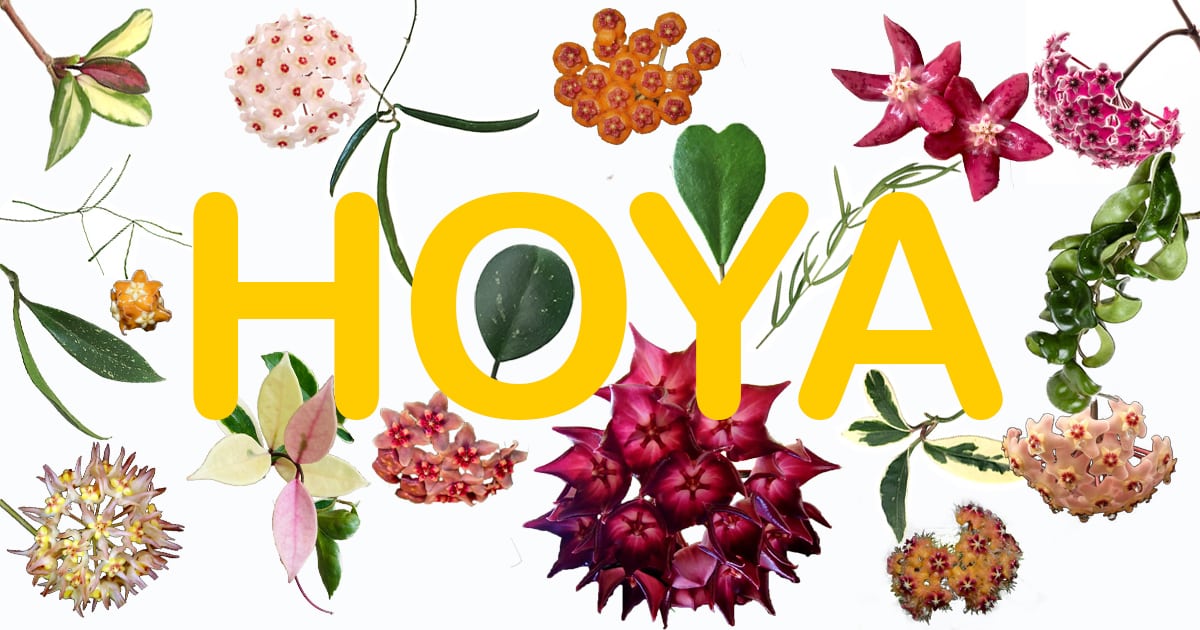
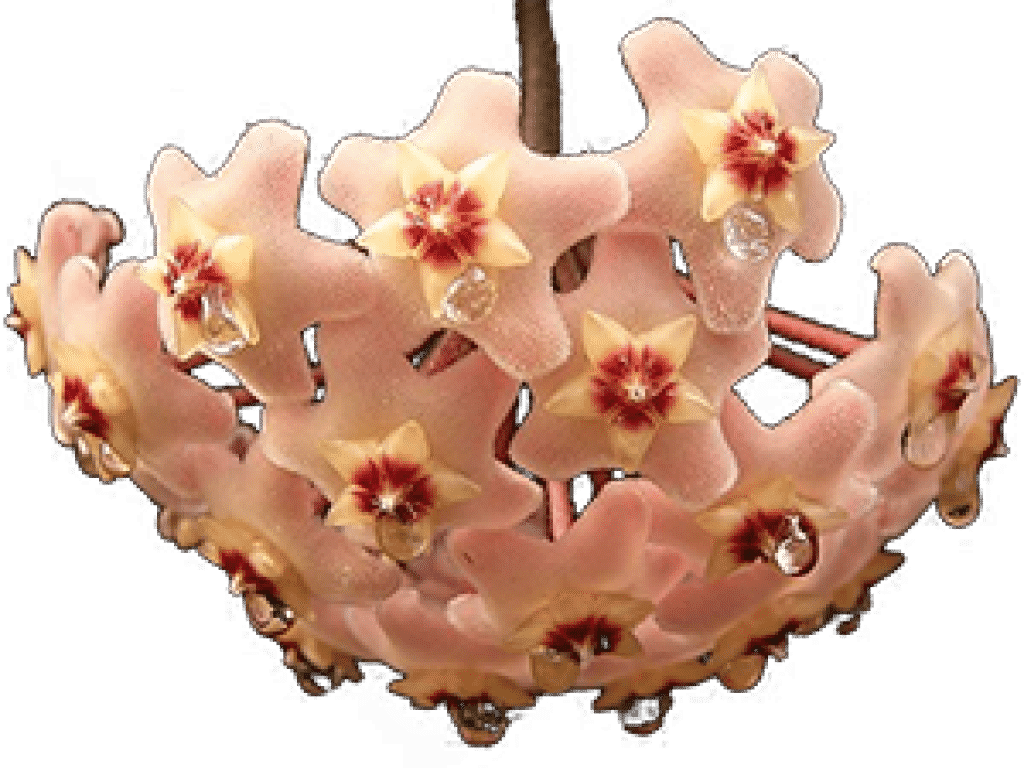

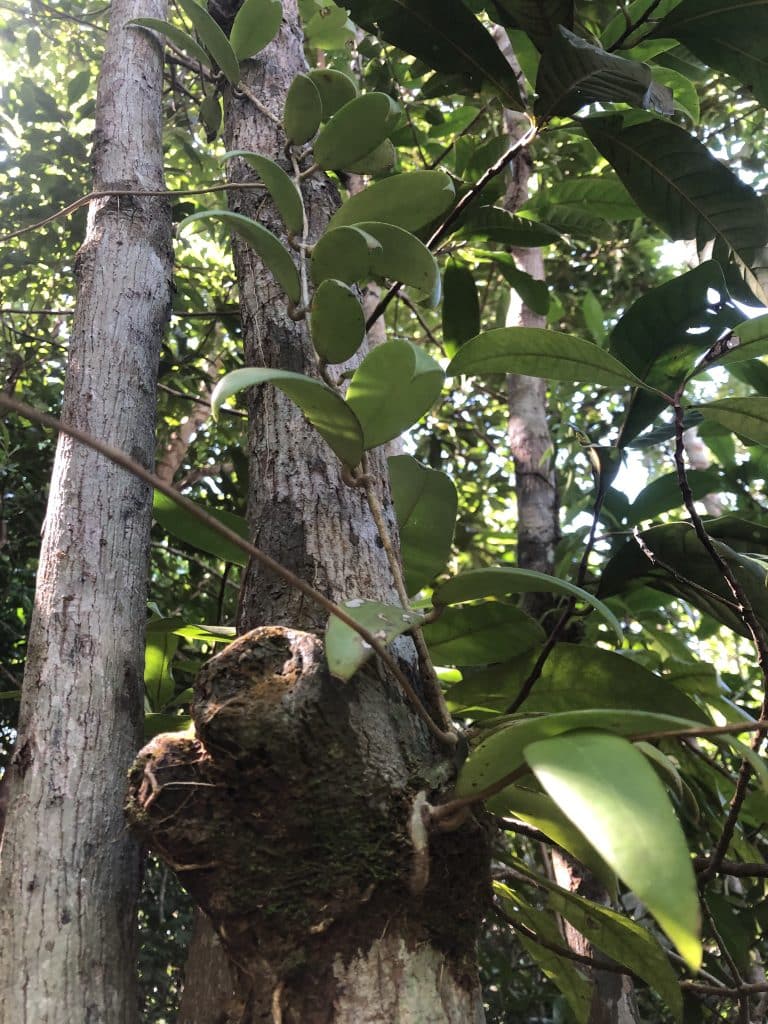
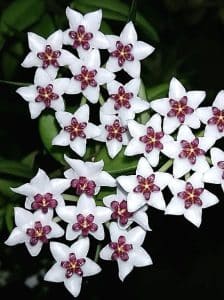
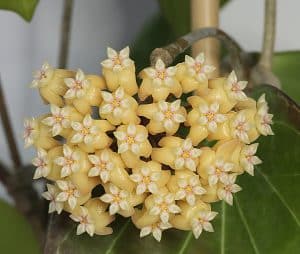
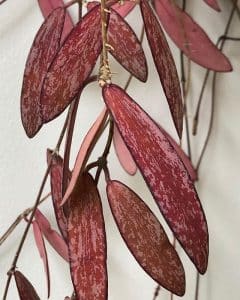

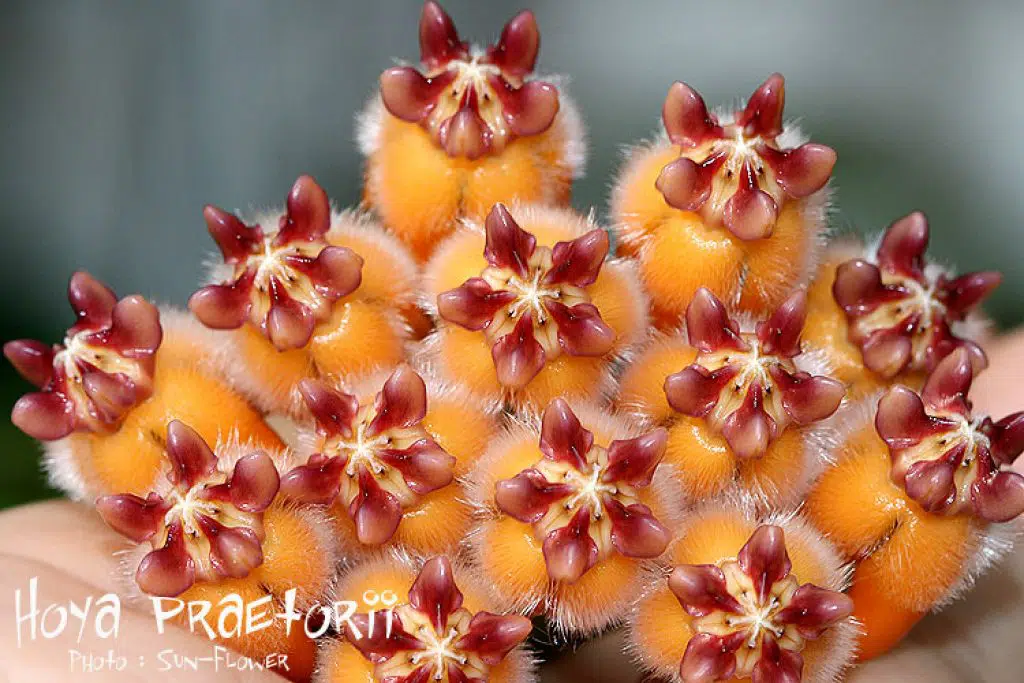
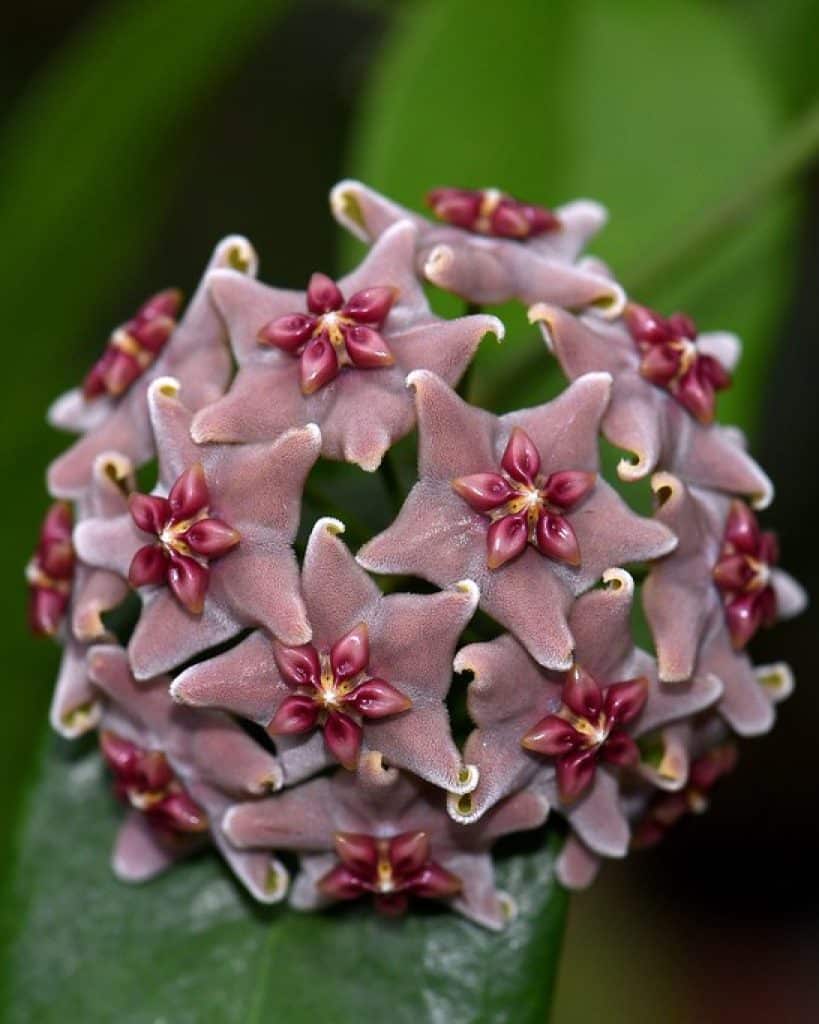
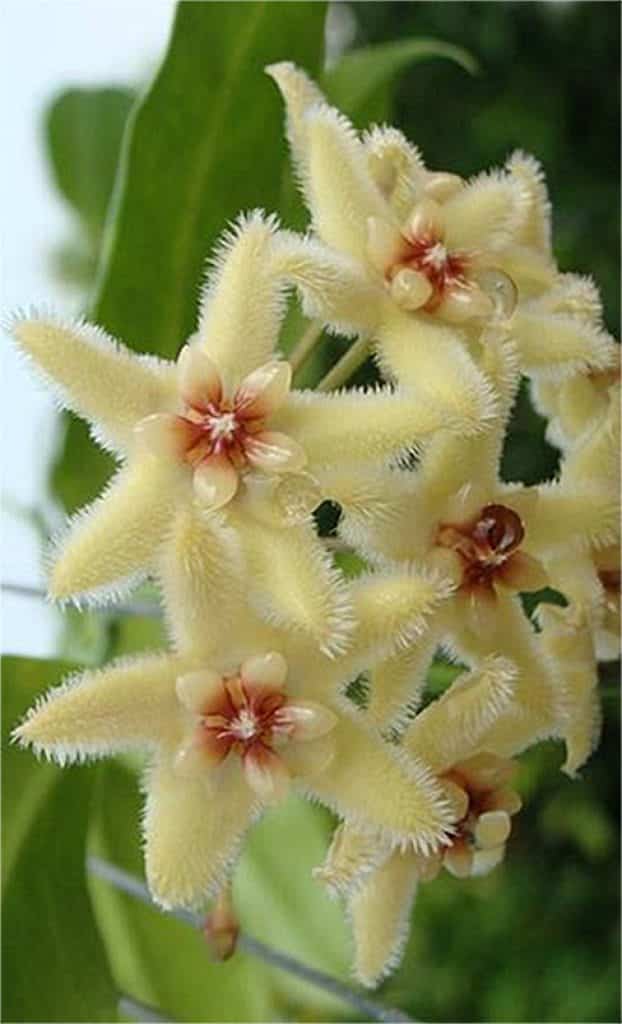
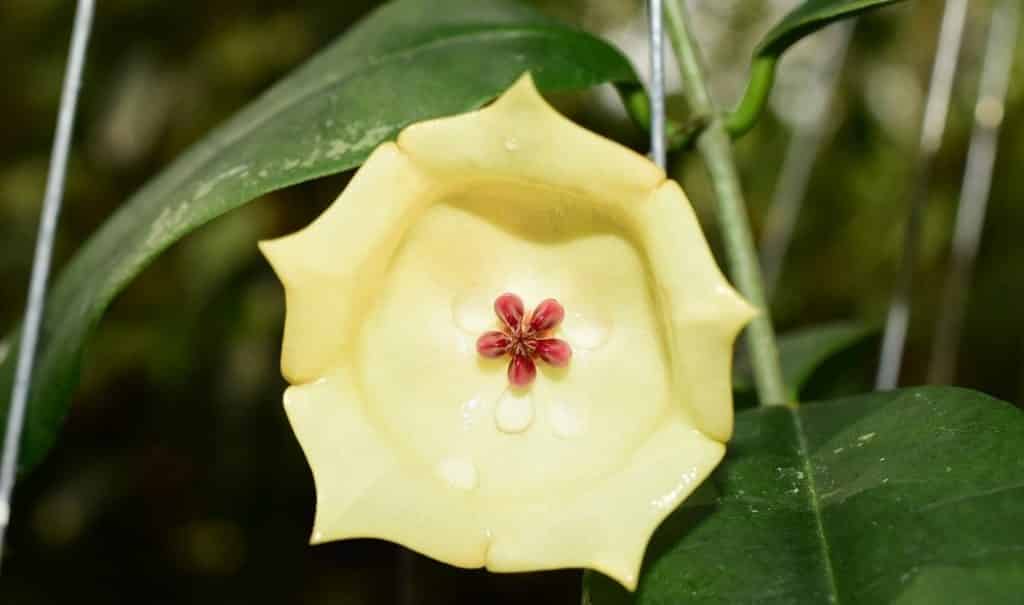
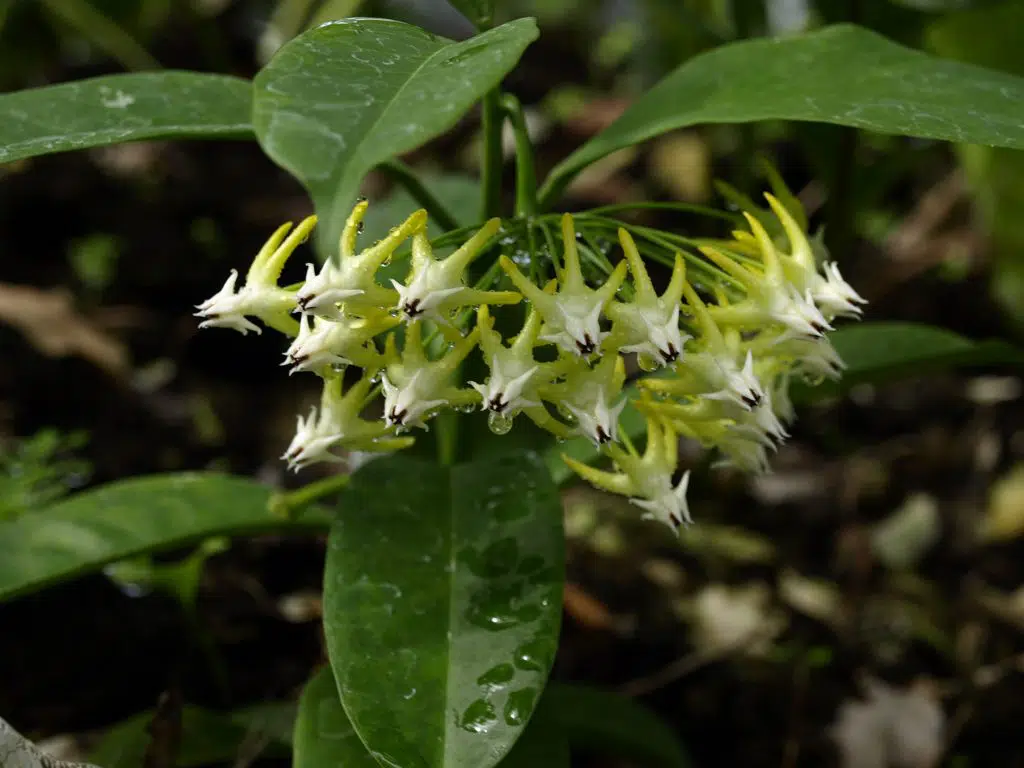
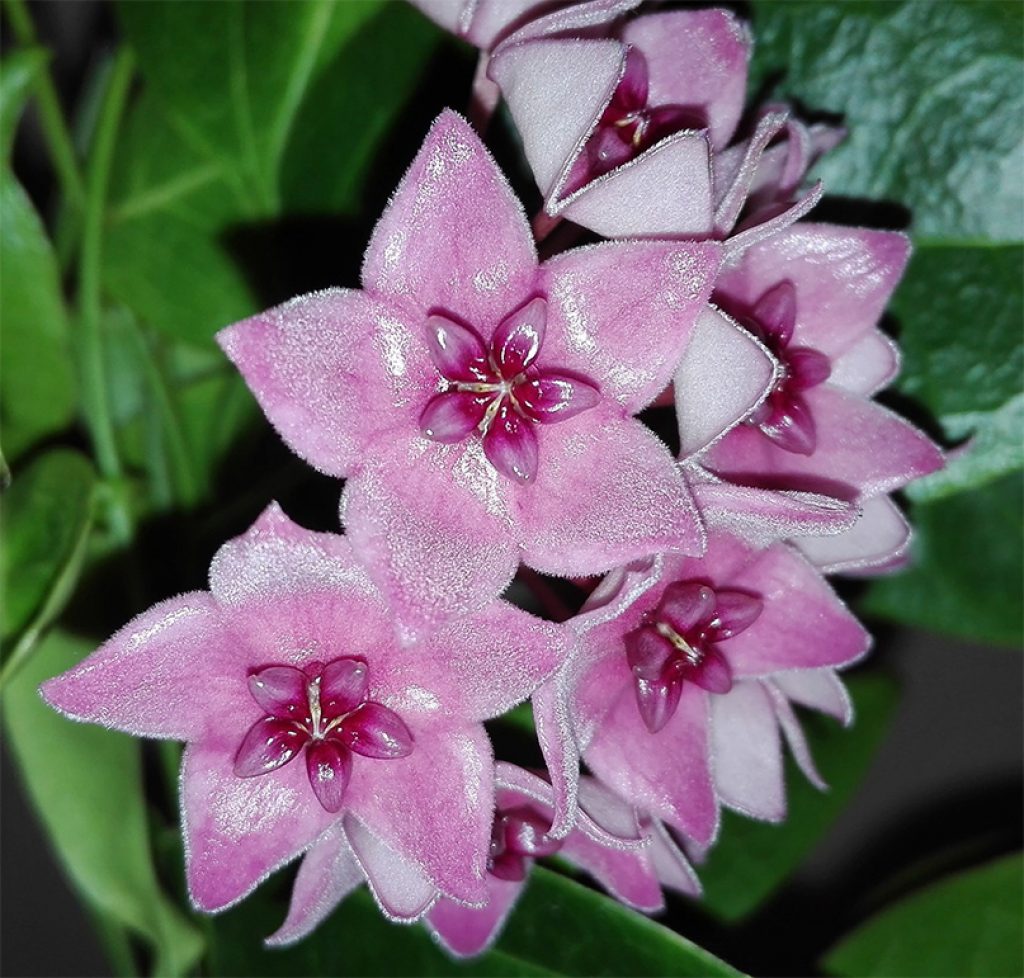
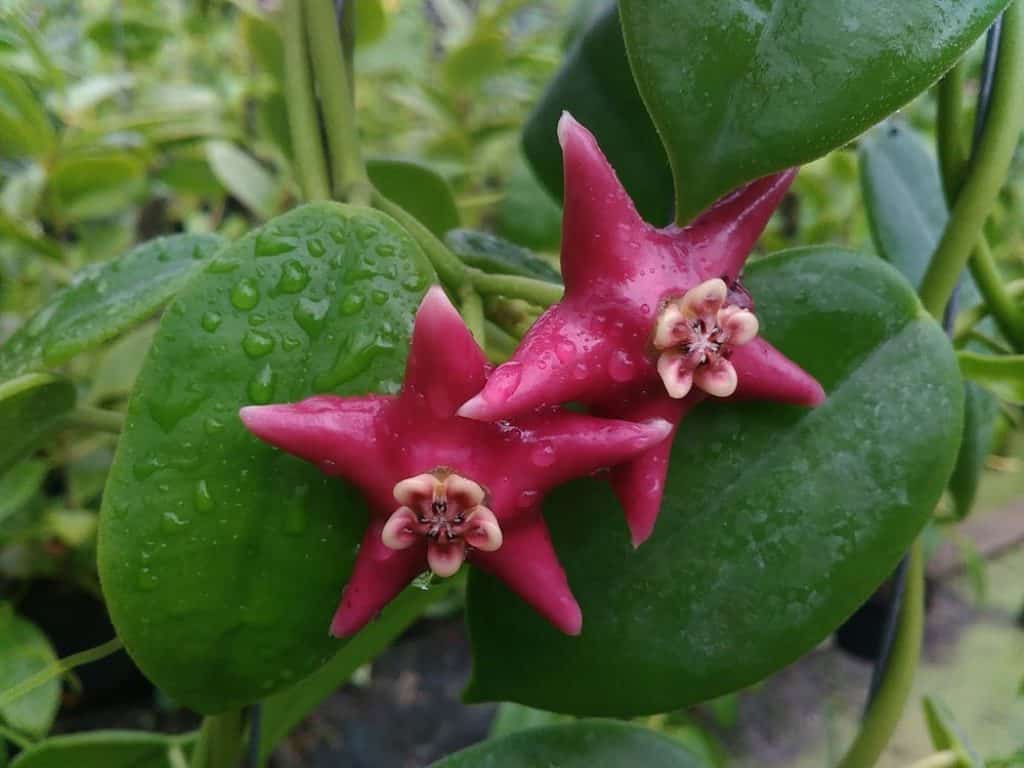
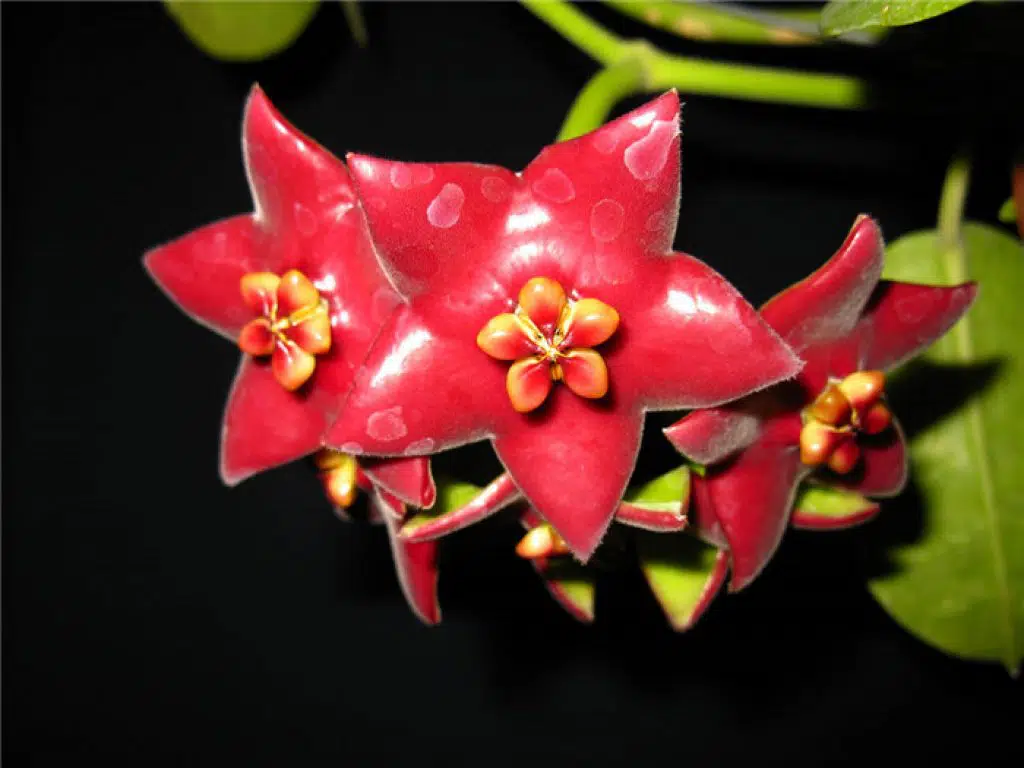
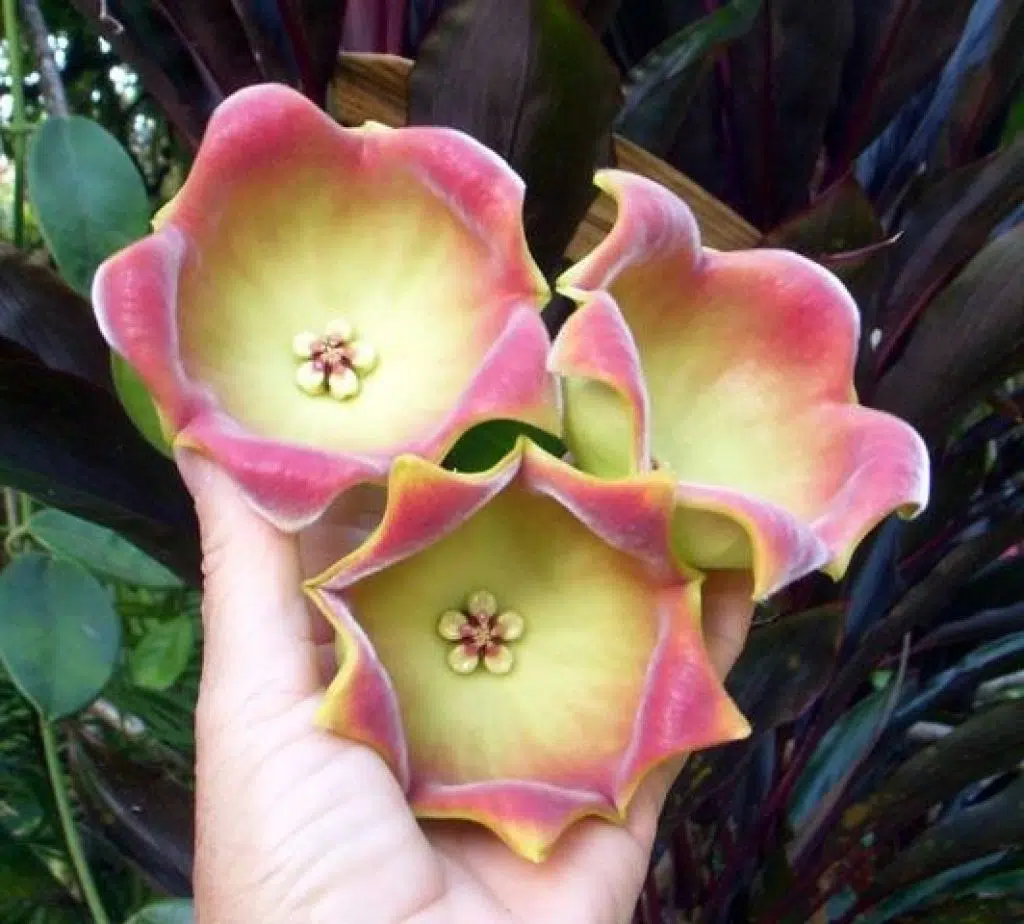
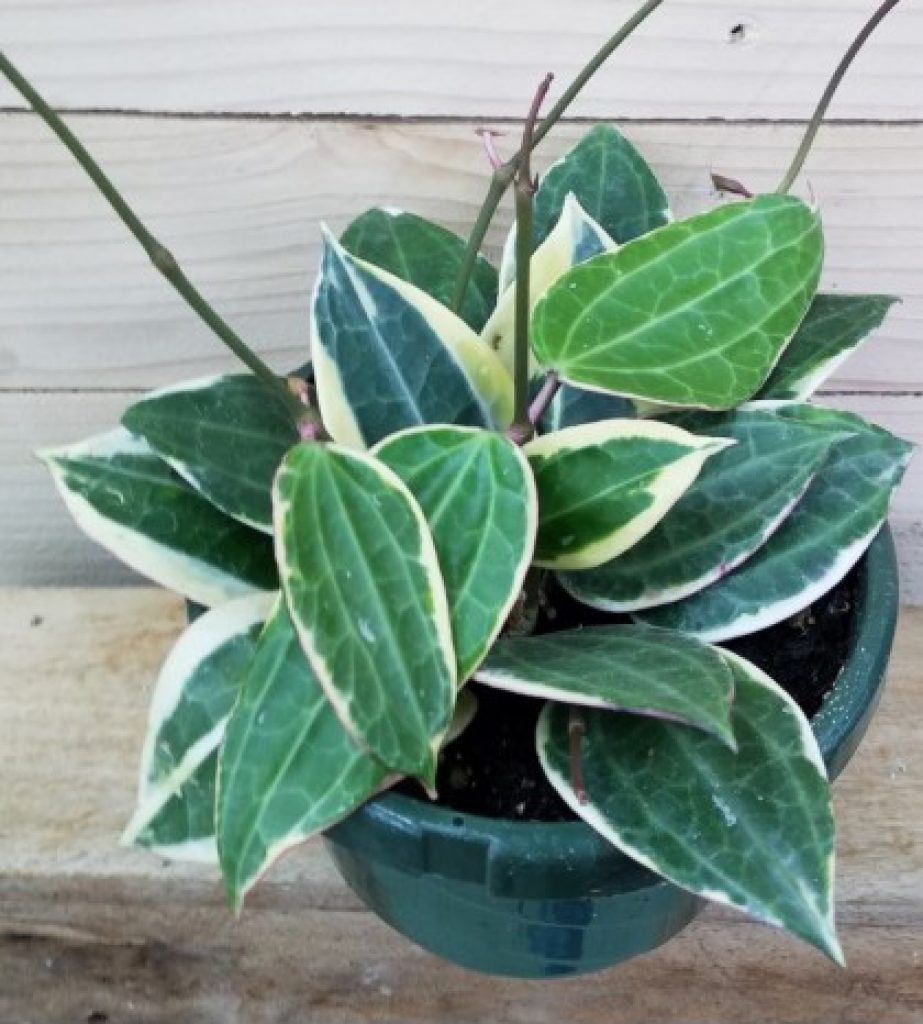
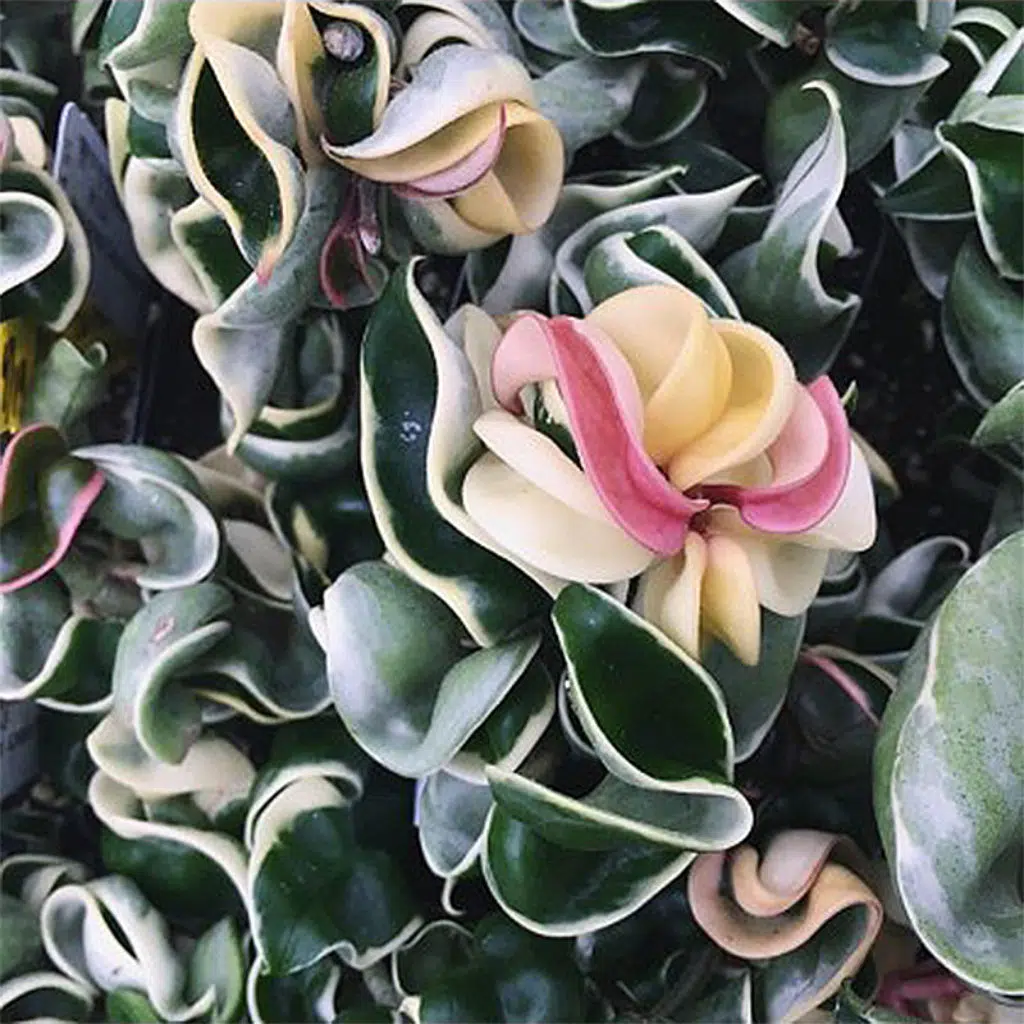
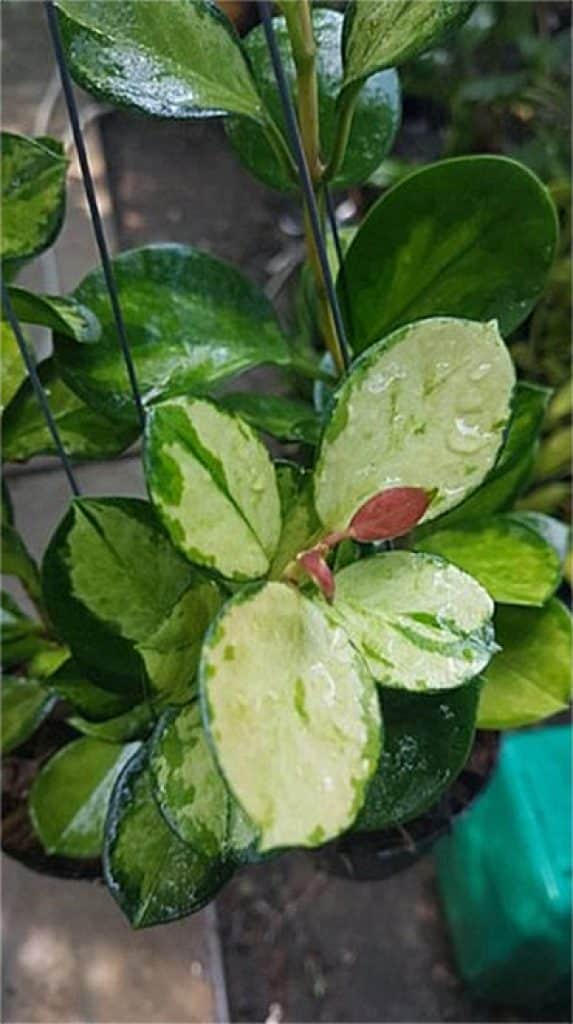
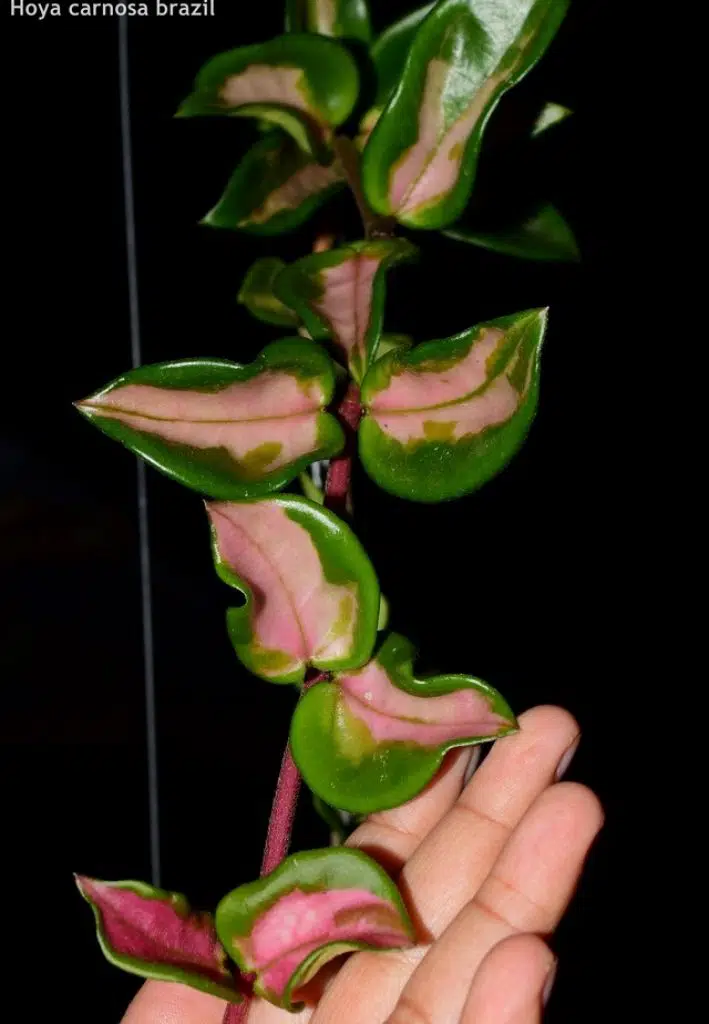
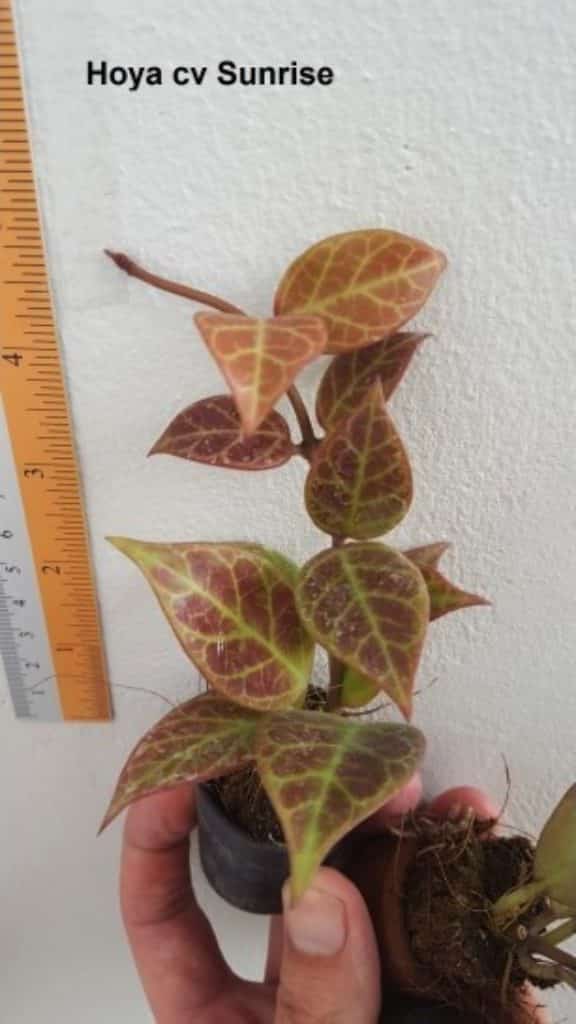
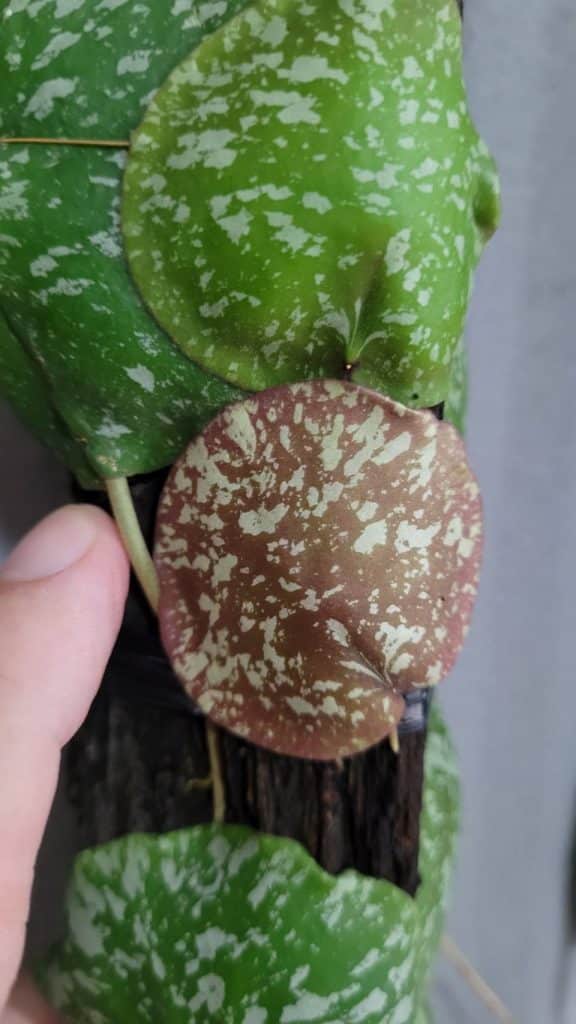
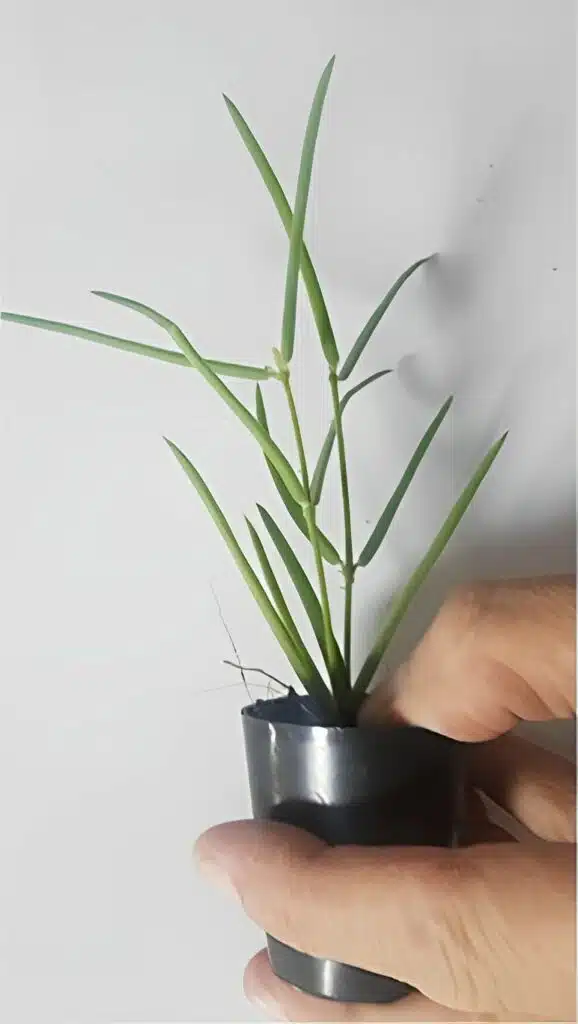
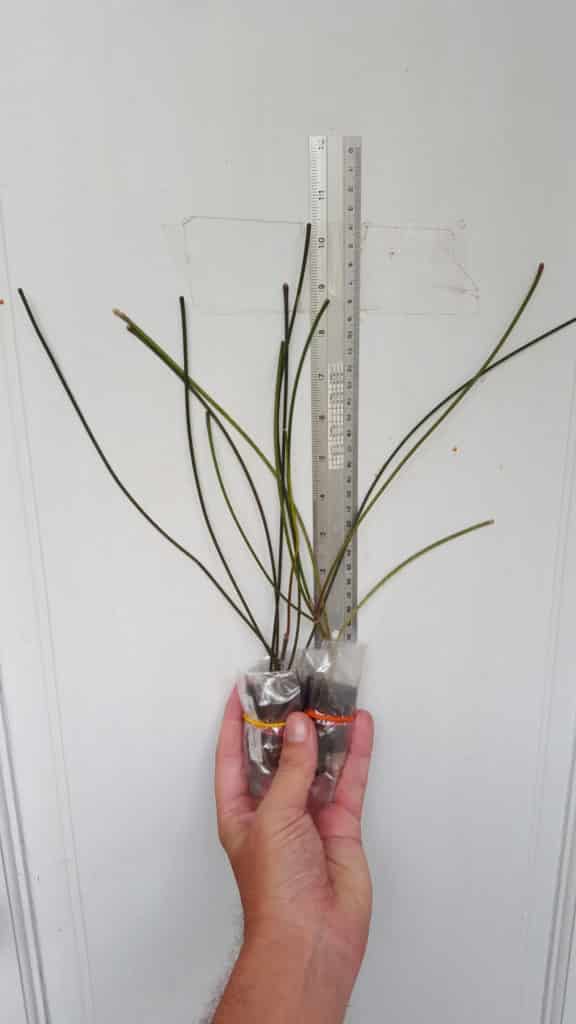
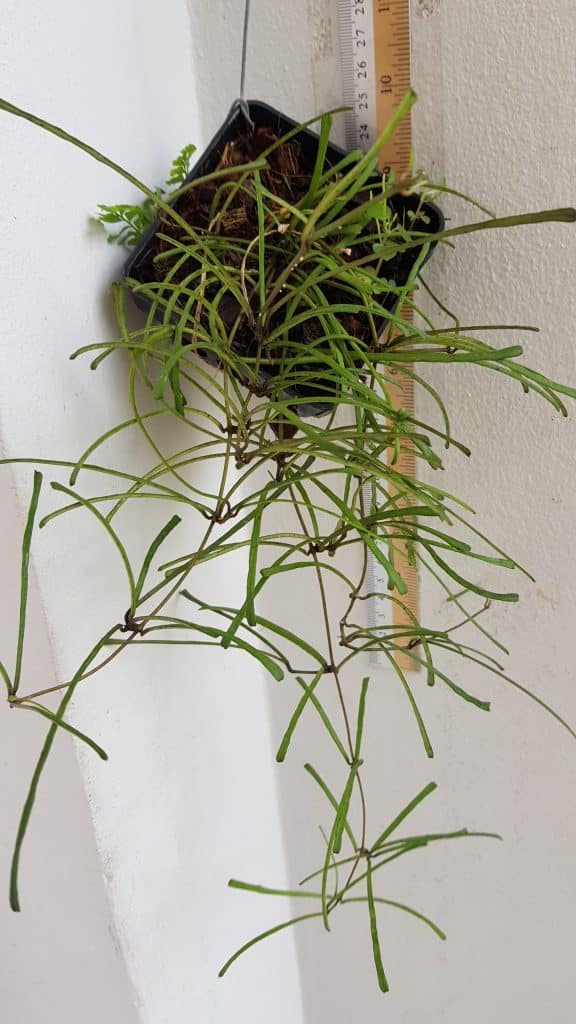
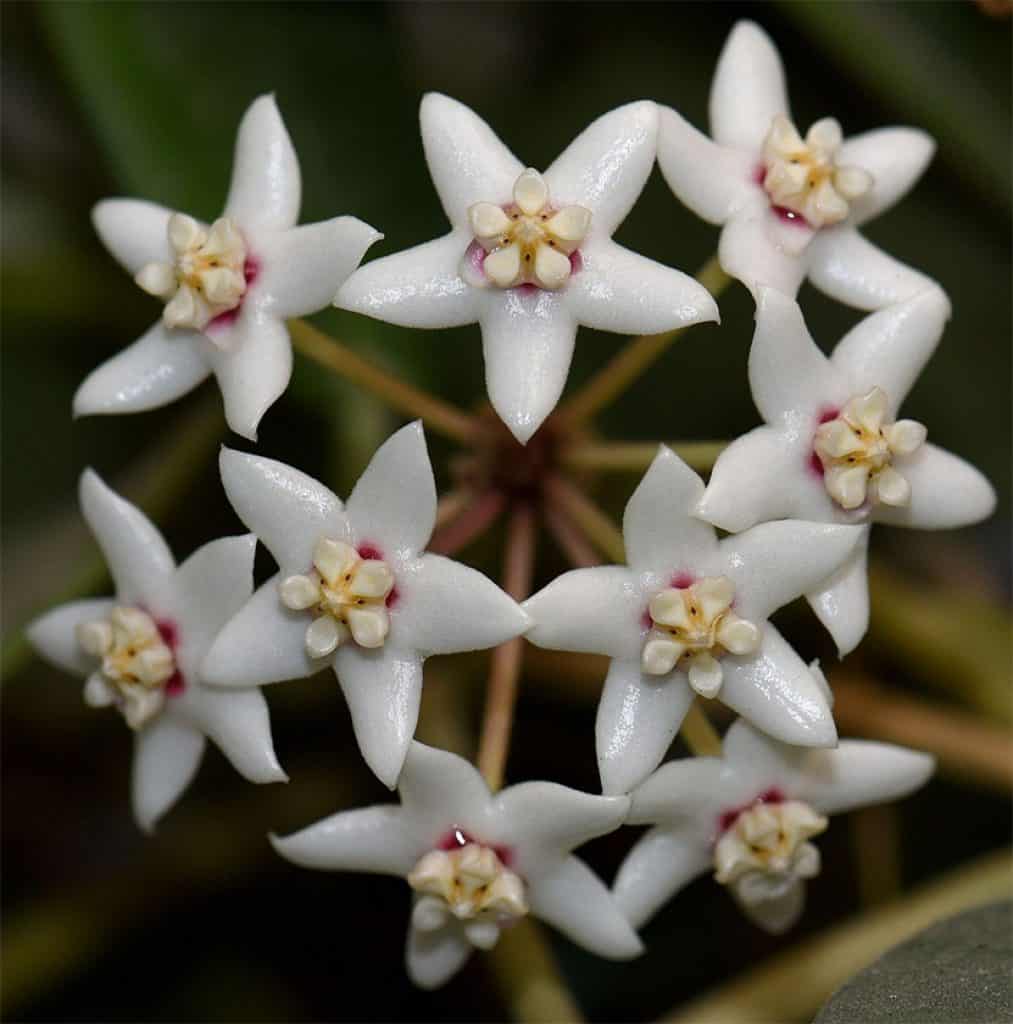
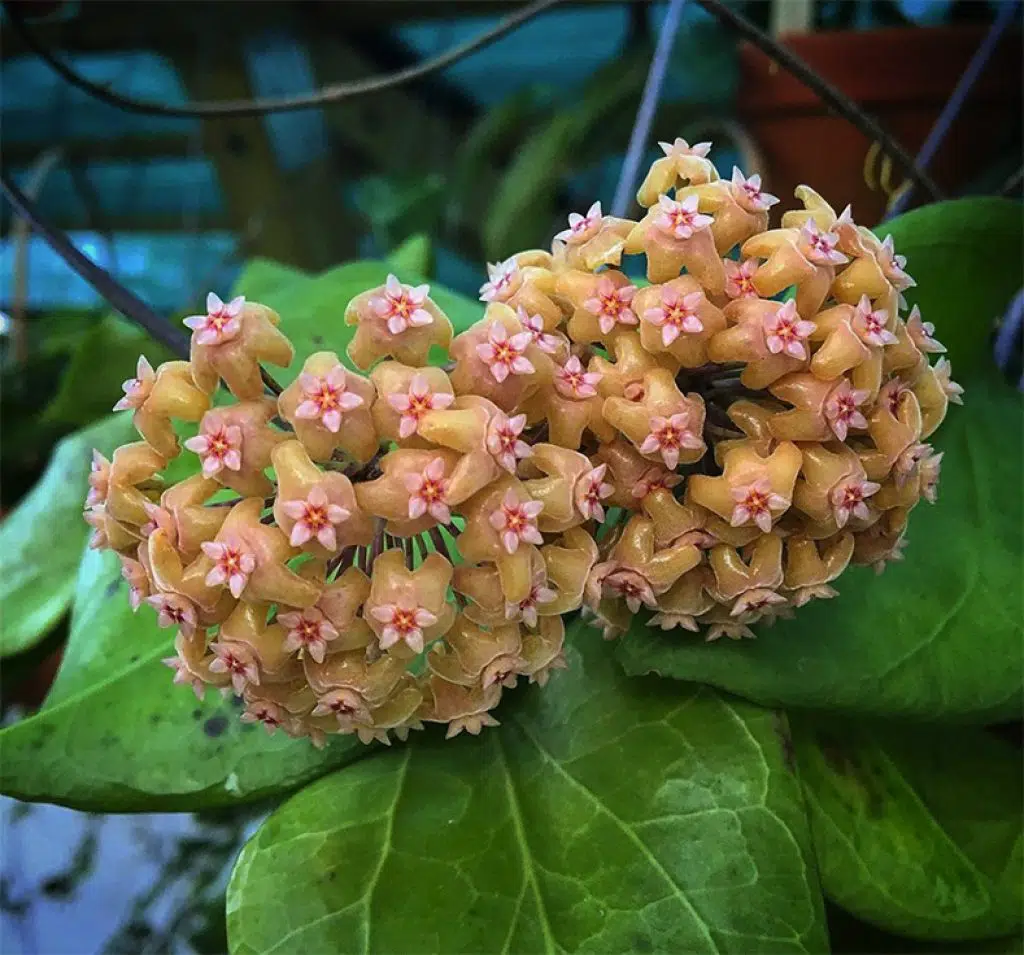
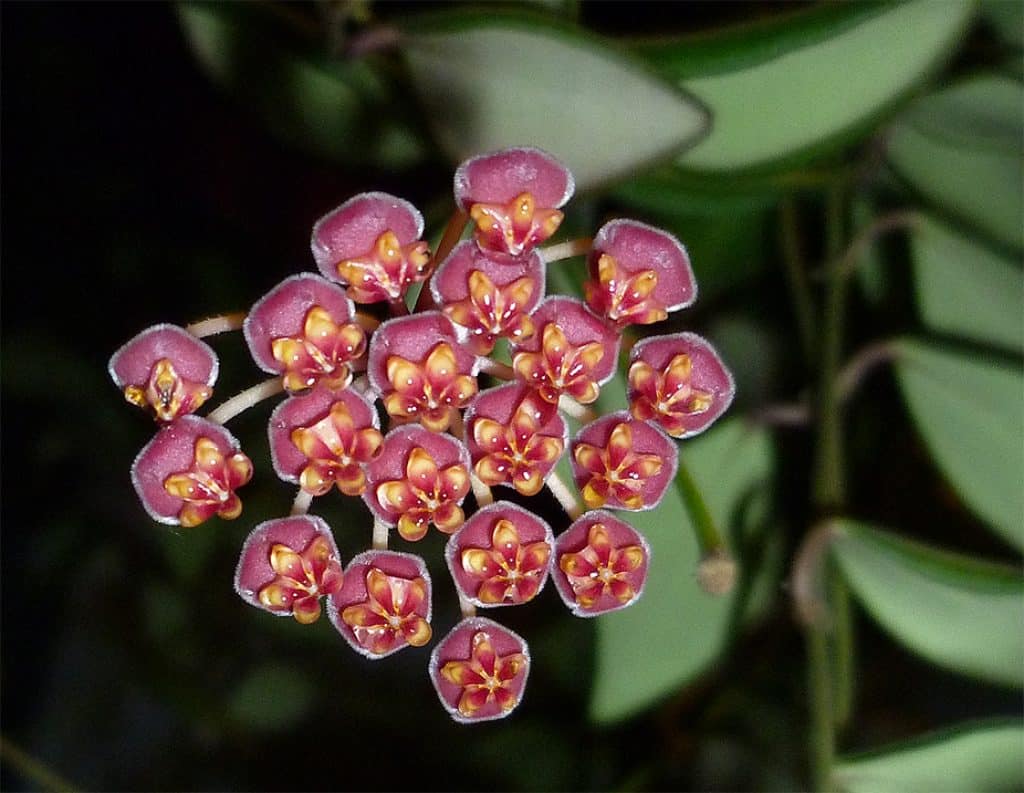
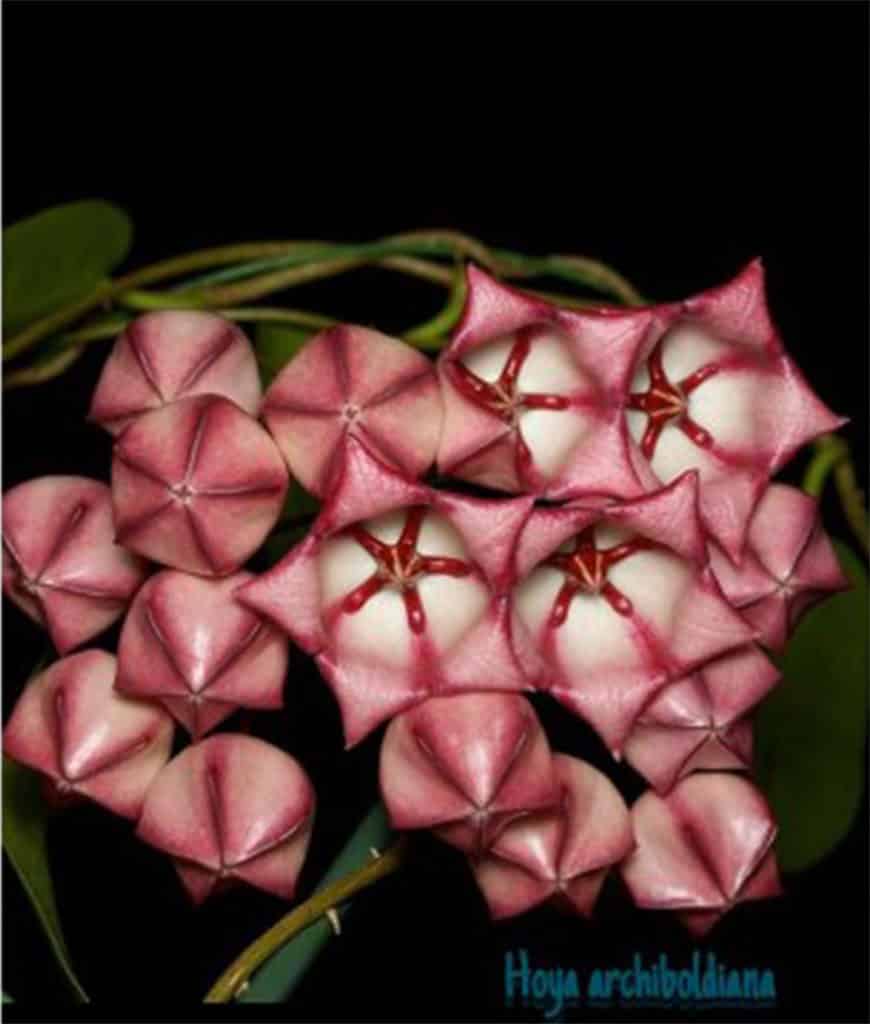
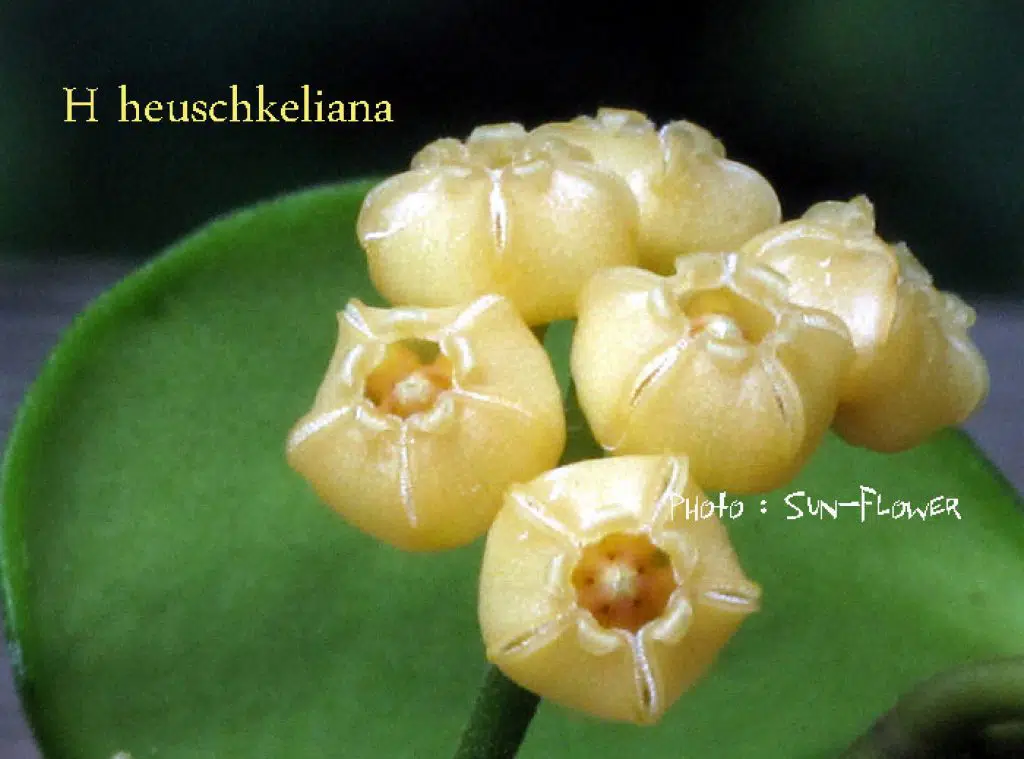
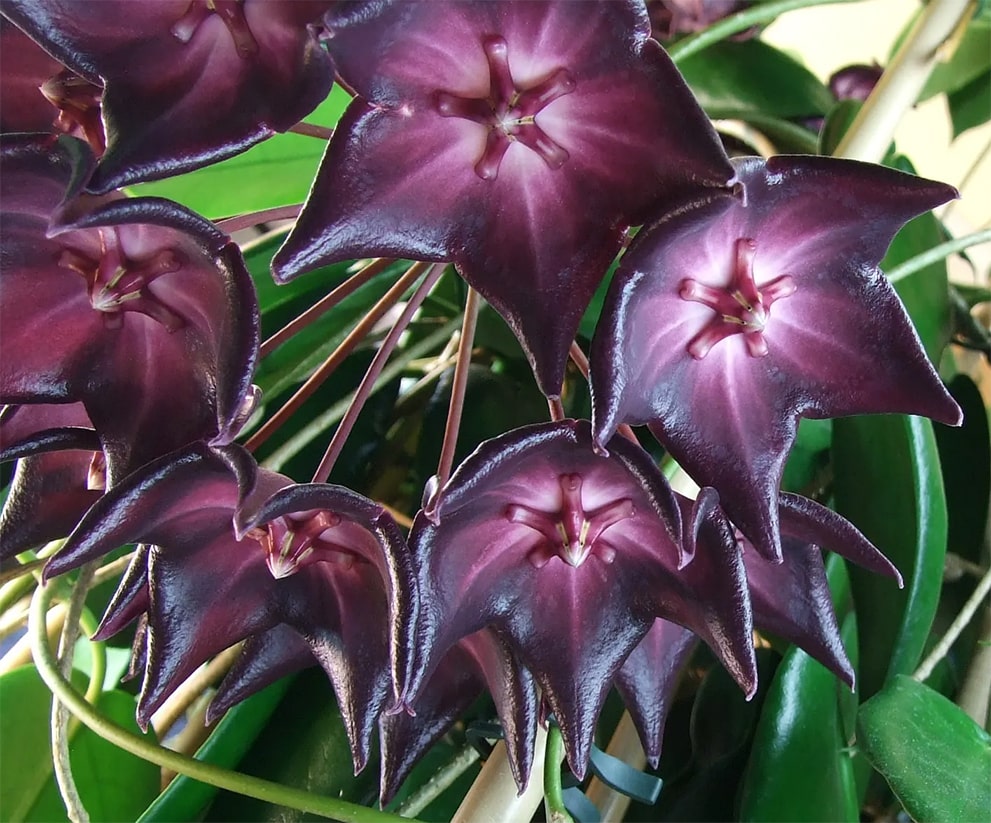
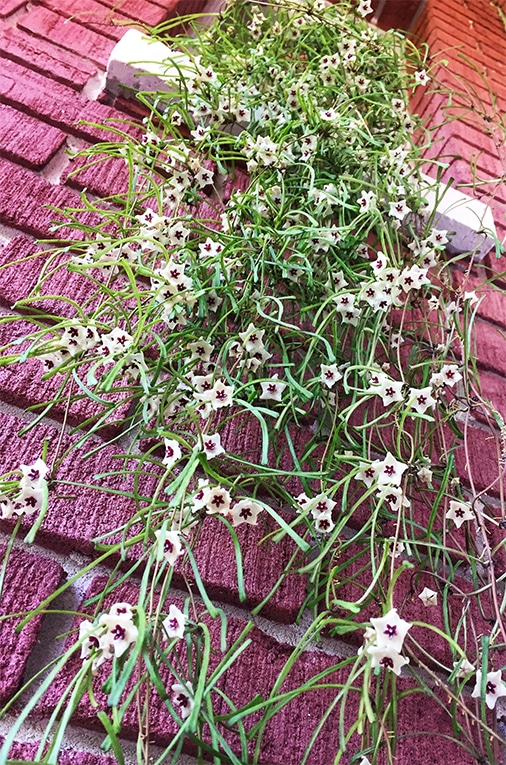
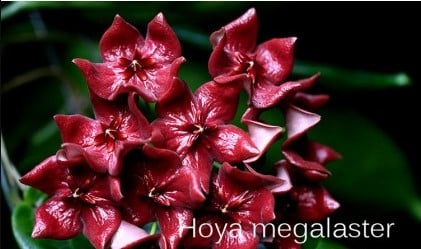
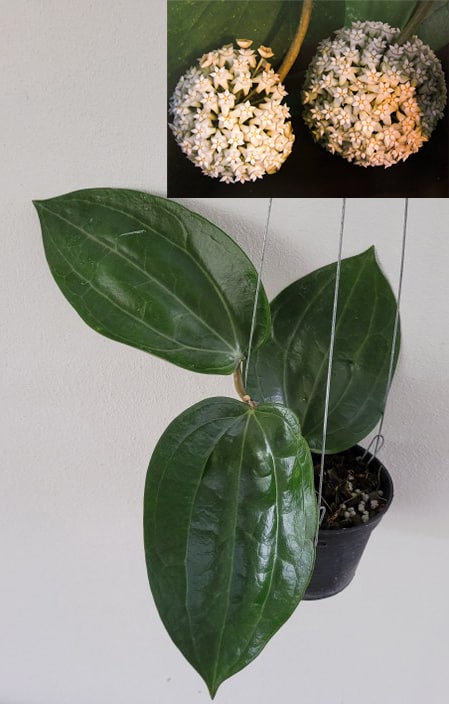
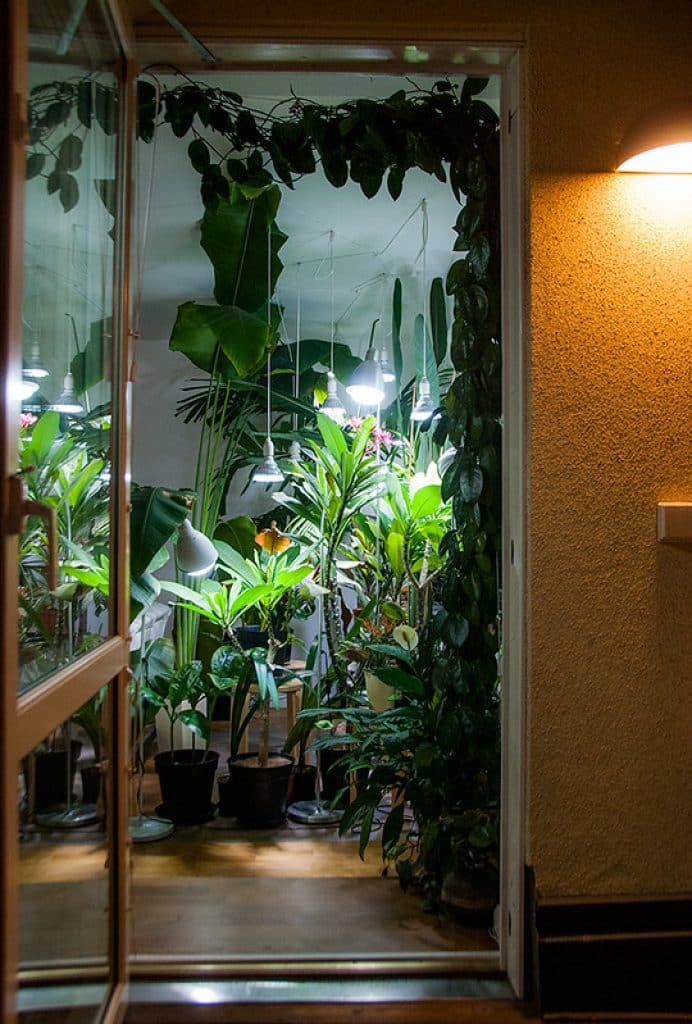
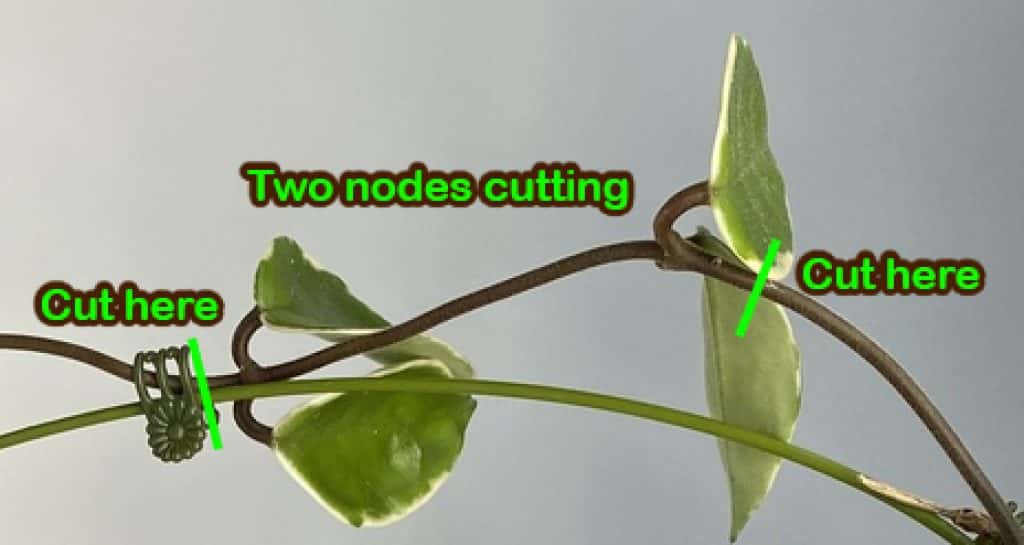
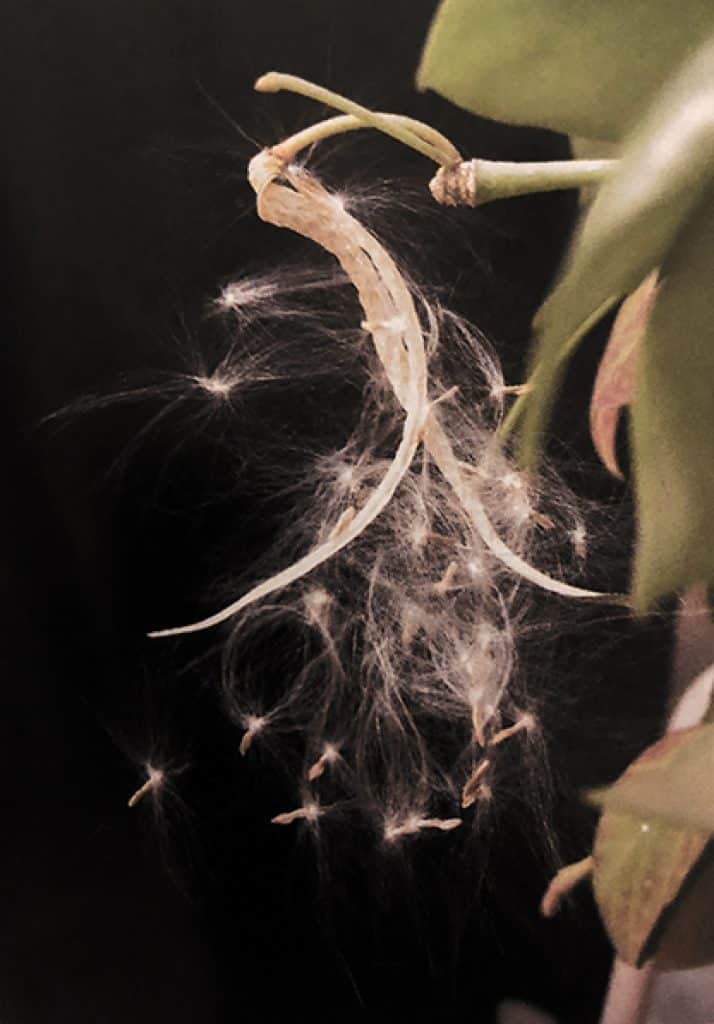




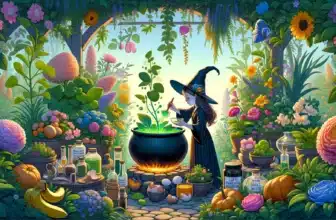
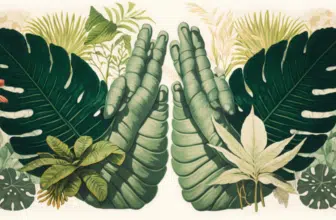
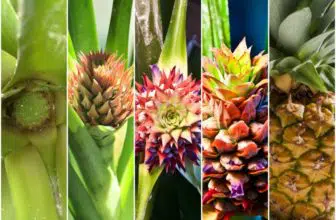
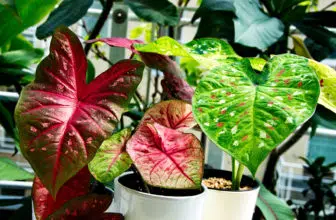

Can i buy already planted hoya’s?? Bit bigger than a cutting??
Hi, yes, many Hoyas are available as large plants: https://tropicsathome.com/product-category/tropical-plants/hoya/
Thank you for this comprehensive guide on hoya! One of the best I’ve come across on the internet.
Thank you so much! Glad if you found it useful.
Dobrý den, jak se mohu objednat Hoya? Máte e-shop? Děkuji za odpověď.
Anna
Hi Anna, yes, you can order it here: https://tropicsathome.com/product-category/tropical-plants/hoya/
Most common questions and answers here: https://tropicsathome.com/terms
Best regards,
Alex